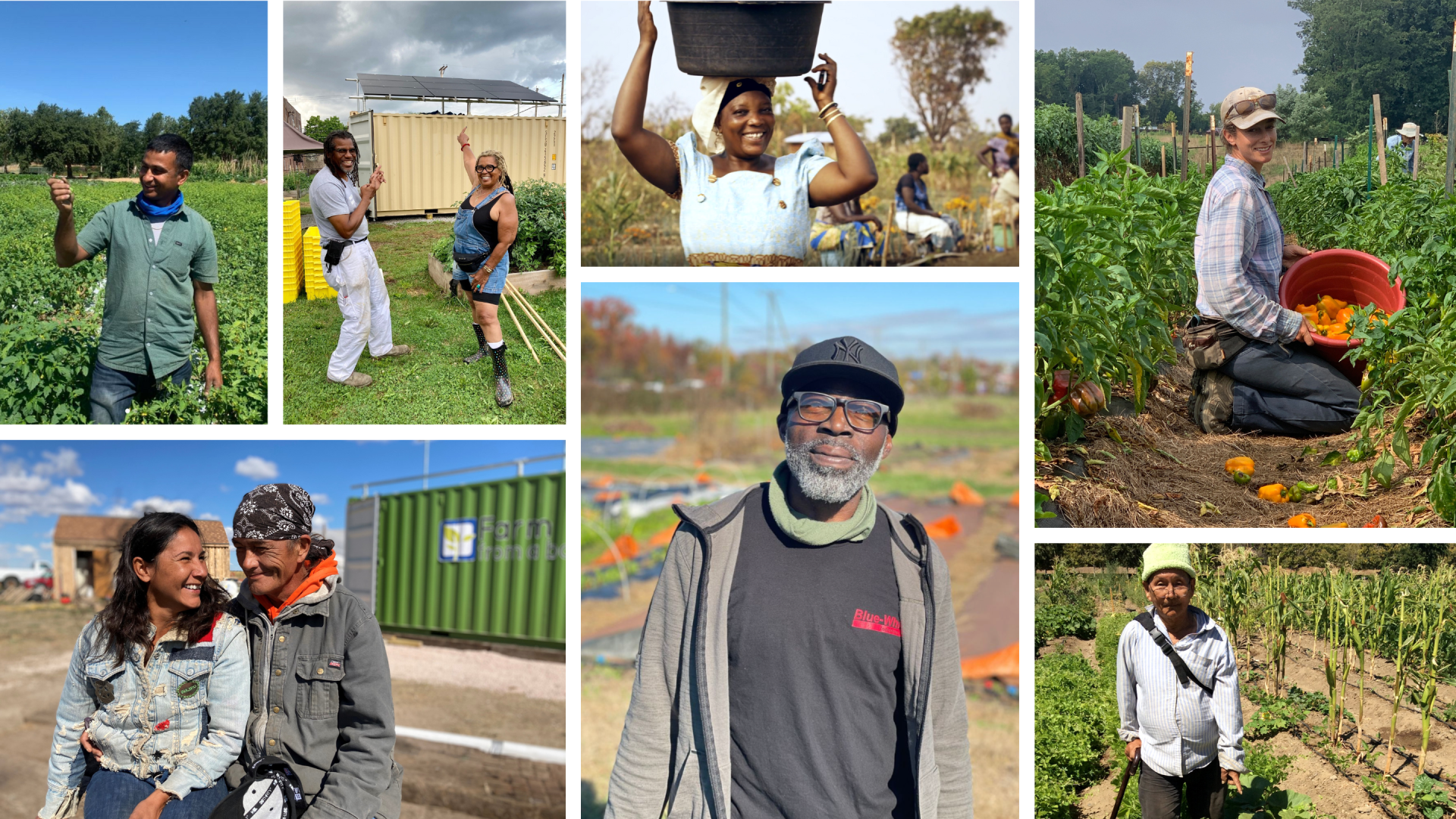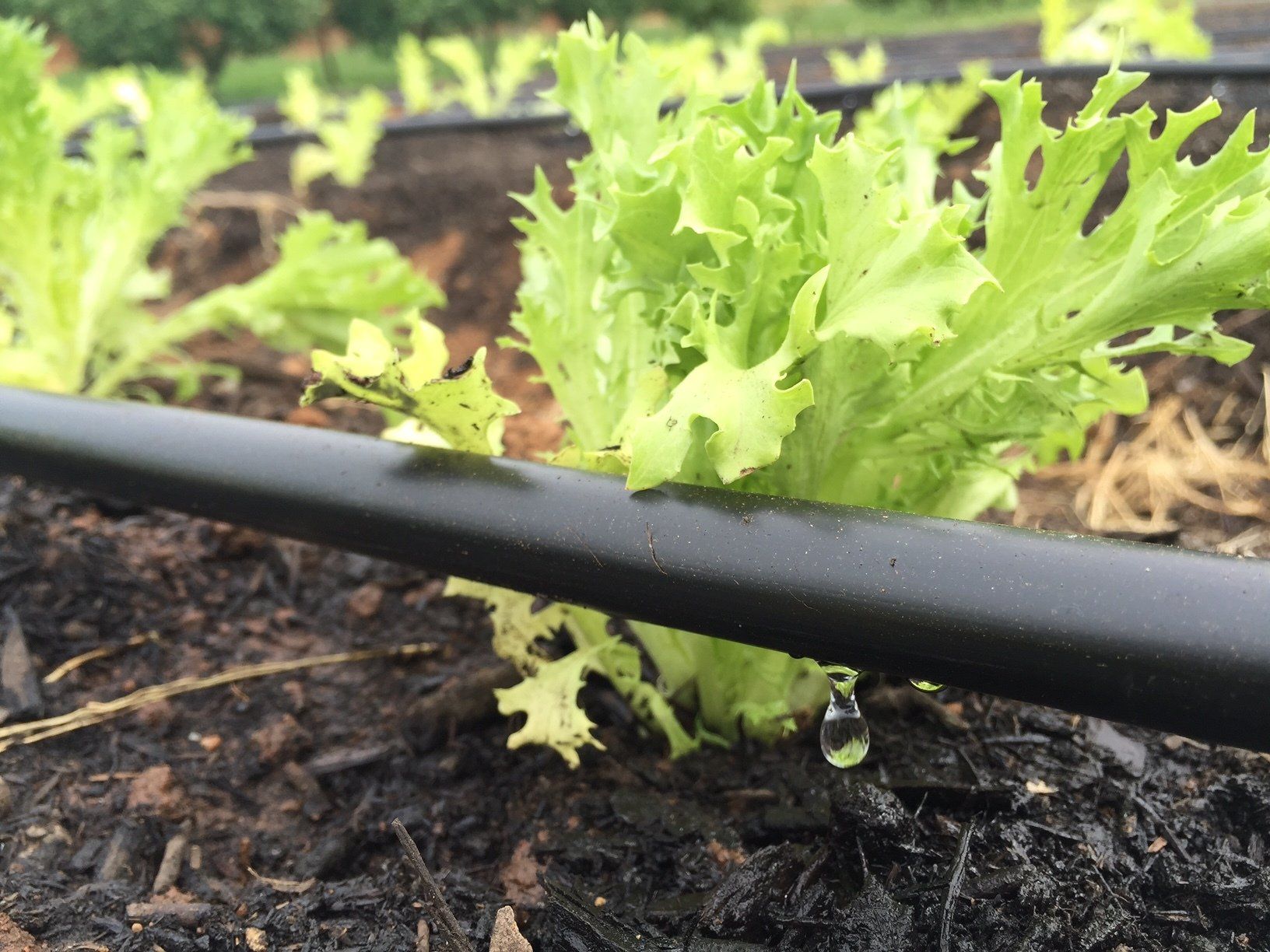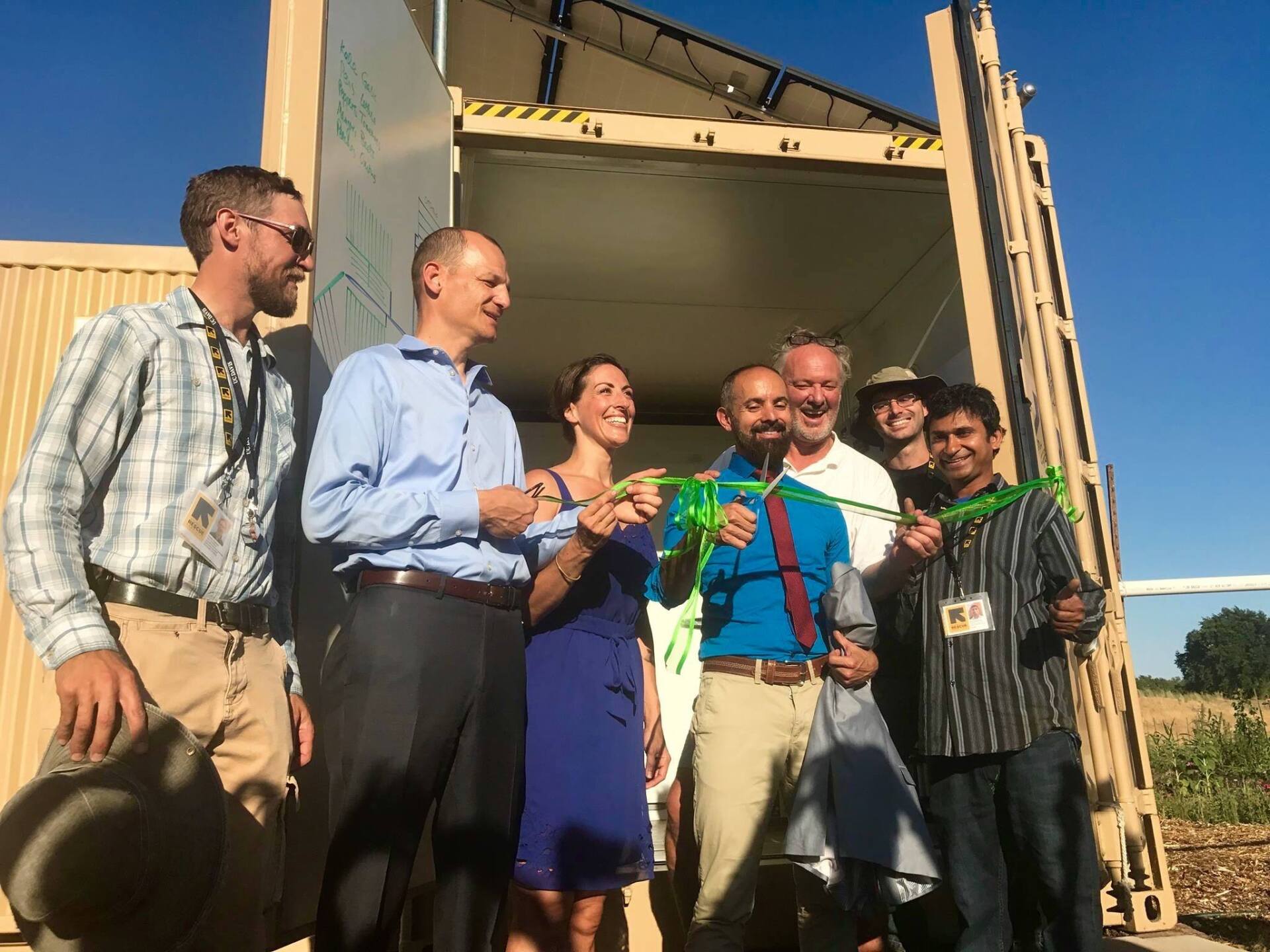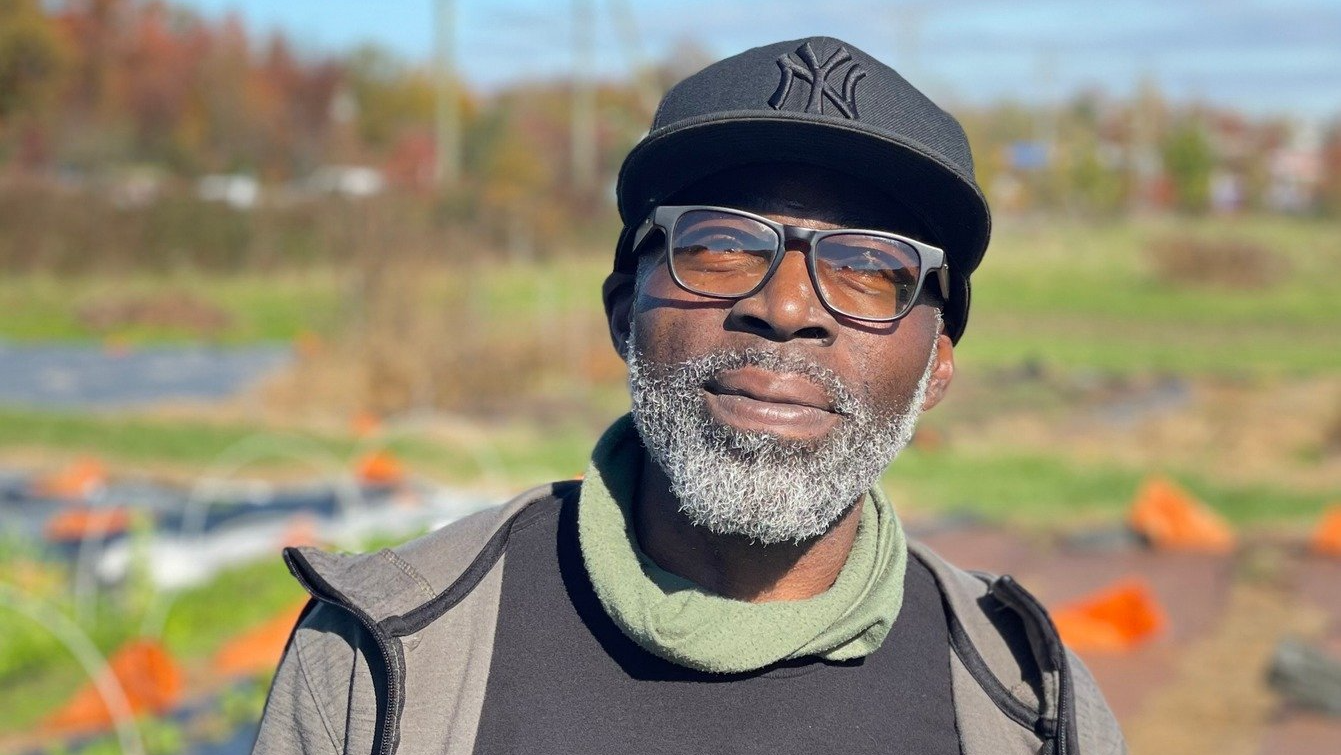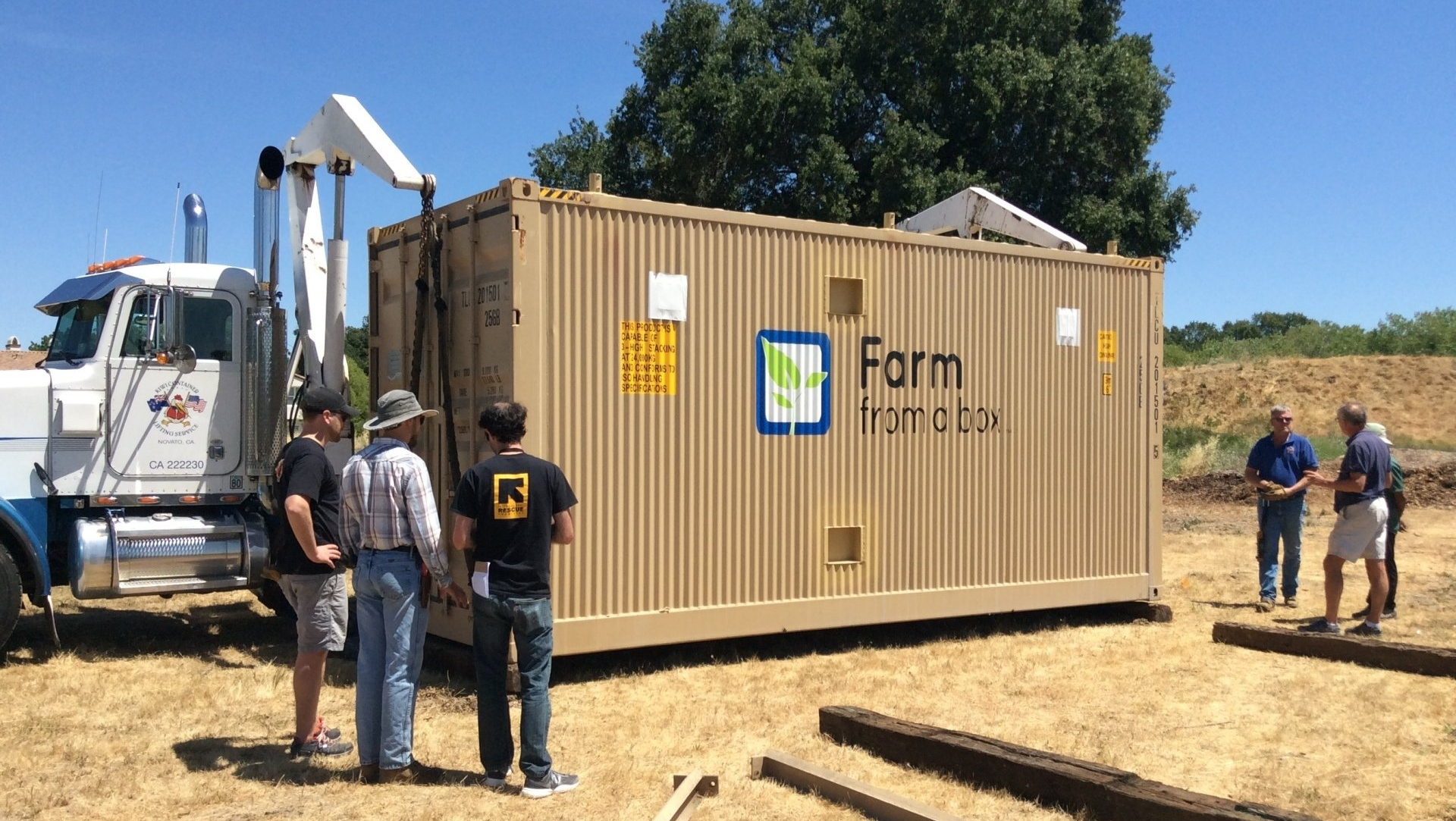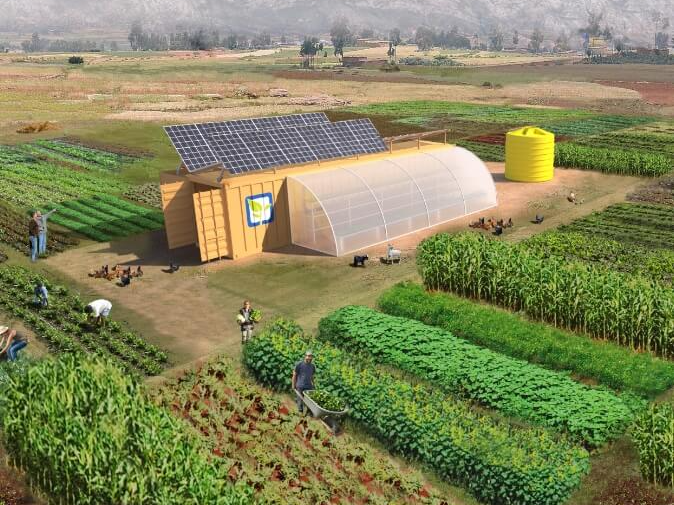Building Food Sovereignty on Pine Ridge Reservation
Jason Schoch is the Co-Founder of Rebel Earth Farms and of Čáŋ Wígmuŋke ("Chah-Weeg-Moon-Keh"). He is head of the South Dakota State University Tribal Local Food program, leads Pine Ridge's AgrAbility and Beginning Farmer and Rancher program, and is an expert in agroecological practices.
He has been working on Pine Ridge Reservation for nearly two decades with Jane Goodall's Roots & Shoots youth program, SDSU Extension, Rebel Earth Farms, and Čáŋ Wígmuŋke. These organizations work in tandem to build food sovereignty, create farmer incubation hubs, restore Lakota foodways, and protect wildlife and biodiversity.
Rebel Earth is an experimental farm: a place where new ideas and technologies can be tested and adapted to fit the Lakota culture and the Northern Great Plains ecosystem. It also serves as a farmer incubation hub where tribal members have access to land, technology, and education without having to spend a lot of money or take out a loan. It's about creating equity, Jason said.
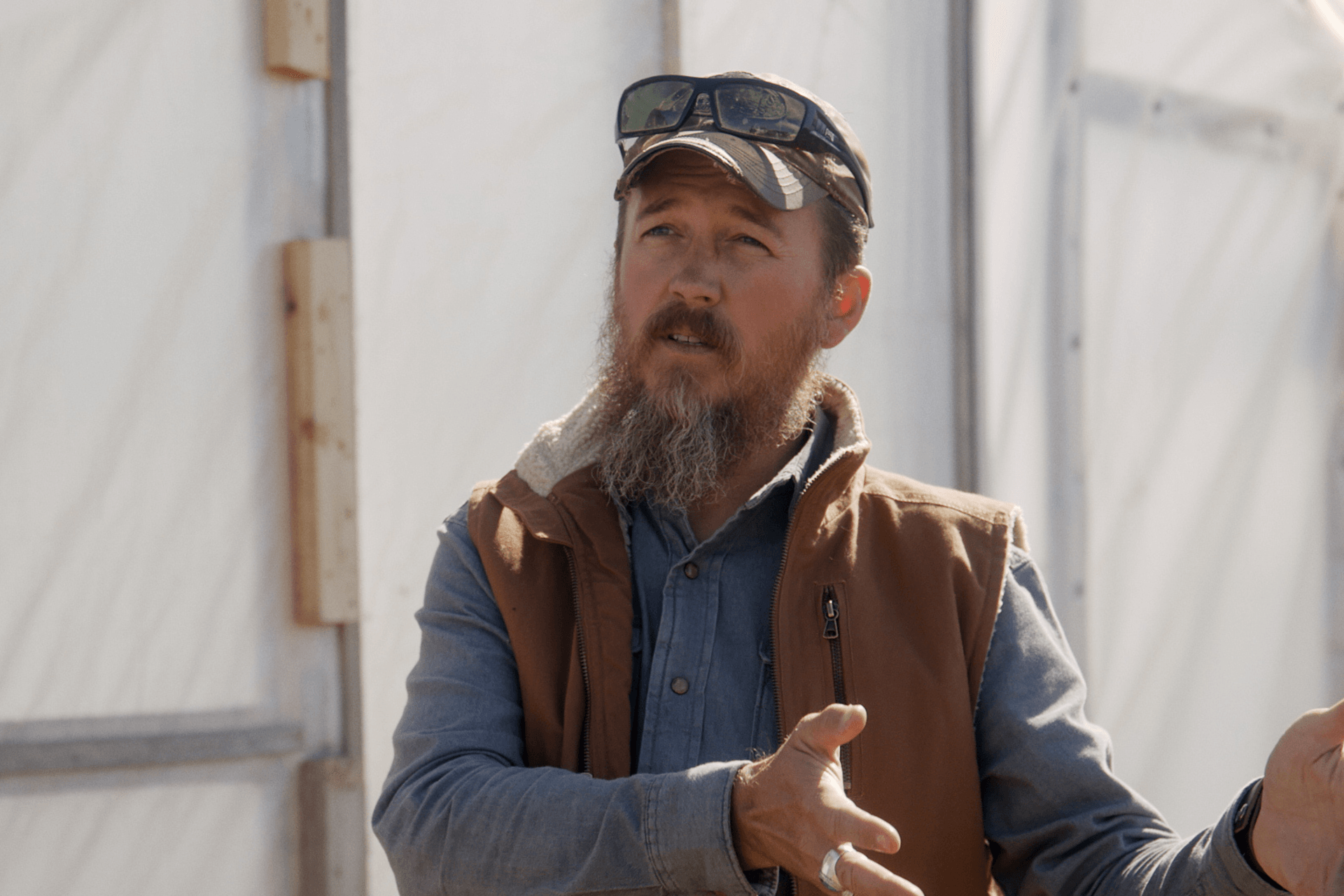
Q:
What crops are you growing, and what's the importance of growing those crops?
A: In addition to crops like tomatoes and peppers, Rebel Earth is researching ways to cultivate wild plants that were traditionally used by the Lakota people.
While many Native American tribes had farming as part of their culture, the Lakota people did not. Historically, their community food system - as well as many of their medicines and their shelter - revolved around the buffalo. When the buffalo was taken away and replaced with a foreign system by the US Federal Government, it disrupted their entire culture and led to many of the health and income disparities people are still facing today.
Rebel Earth and Čáŋ Wígmuŋke are working to build a new community food system on Pine Ridge - to find a new buffalo, in a way.
But building a sustainable farming system for a people who aren't agrarian is a challenge, Jason said. Rebel Earth was designed to be the test for that system. Jason and his partner Patricia are researching ways to cultivate wild foods that were eaten and used by the Lakota people, such as timpsila (wild prairie turnip), ceyaka (wild prairie mint), and sweetgrass. They're testing different cultivation methods in hopes of creating a system that not only produces crops that resemble their wild counterparts, but one that can be replicated by small farms across Pine Ridge in a simple and affordable way.
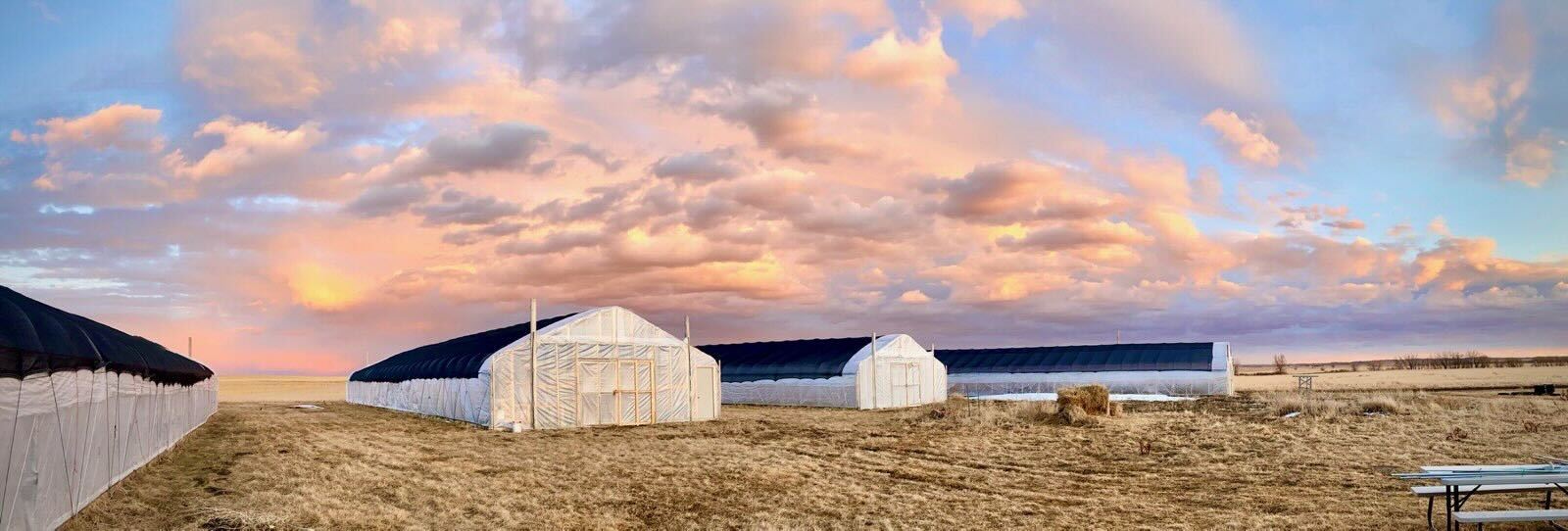
Q:
How is Rebel Earth adapting to changing climate and weather patterns?
A: Rebel Earth uses both climate-smart technology and regenerative farming practices, but we also integrate windbreaks and prairie patches into our farm to support pollinators, wildlife, and soil health.
The Northern Great Plains have always been very dry and windy, but as climate change worsens, winds are becoming stronger, and the storms that do roll through are much more intense. Rebel Earth's high tunnels and crops have been destroyed during these storms. To protect themselves, they've designed a windbreak that is culturally-adaptable and that prioritizes biodiversity and wildlife. Trees protect the farm from strong winds and direct wildlife to the outskirts of the property instead of through the farm. Prairie patches are planted inside the tree perimeter to improve soil health and support pollinators.
Jason and Patricia have a theory that also integrating prairie patches between their high tunnels will create a healthy soil microbiome that closely mimics that of the Northern Great Plains ecosystem, allowing their crops to grow in a more natural way and helping wild foods retain their nutrient-density and medicinal properties under cultivation.
"We love the resiliency of the Farm from a Box model," Jason said. The cold storage allows them to keep their crops fresh after harvest, and the drip irrigation is vital in their dry climate. Running the unit via solar power is key because long-term, many tribal members would not be able to afford the electric bill to run such a system.
Rebel Earth named their box "Gandalf." Their unit was installed during an especially dry year, and everything felt very battered and barren.
"Then this solution showed up, and it reminded me of a couple scenes in the [Lord of the Rings] movies... Gandalf is always coming to the rescue at that peak moment providing what's needed," Jason said. So the Rebel Earth team decided that the Farm from a Box unit is like Gandalf - bringing the power of the sun and water to save the situation.
Long term, Jason envisions multiple Farm from a Box units across the reservation working together to increase food access, support beginner tribal farmers, and enhance their regenerative farming practices.



